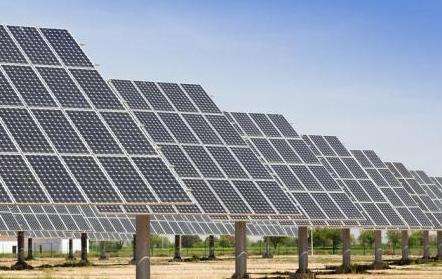Light duct radiators for heating equipment are simple to install. People usually choose to install them during periods without heating. Generally speaking, they will not be affected by external climate changes. dry season. Internal anti-corrosion treatment is also required, which is an anti-corrosion measure that must be taken for radiators of any material, except for all-copper water channel radiators. In addition, some requirements are put forward for the anti-corrosion treatment liquid inside, such as the anti-corrosion layer should be uniform and the adhesion should be stable. According to the specifications of different pipe diameters, light pipe radiators are divided into type A and type B. They have different shapes and ranges. For families in the north, radiators are no stranger to daily life. Radiators not only provide usnt heat, they also require maintenance. Different parts of the radiator use different soldering connections during the production process. The quality of welding during use will directly affect the quality and service life of the radiator itself to a certain extent. The welding process is mainly filler welding and body welding. .
Light pipe radiator
Light pipe radiator can be made into single tube type, serpentine coil type and light pipe type. The advantages of snake type drainage pipe are simple structure, easy production, small liquid storage capacity and strong applicability. Its main disadvantage is that the steam generated in the lower part of the exhaust pipe cannot be discharged in time and can only be discharged after passing the entire length of the exhaust pipe. By idiotsequate, the heat transfer coefficient is low and the steam. the resistance to two-phase flow of liquid is great.
Lightweight exhaust pipe radiator
Lightweight exhaust pipe radiator (or heat sink) and fan coil. Several devices each have their own advantages and disadvantages. When using radiant floor heating, the radiation area is large and the heating is uniform. In addition, because the pipes are laid in the lower part of the greenhouse and close to the crops, the temperature of the supply and return water can be lowered appropriately. The heat dissipation of type A and type B heat pipe radiators can be divided into type A heat pipe radiator (for steam) and type B heat pipe radiator (for water heating). The main difference between these two radiators is the difference in level. their own structures, which results in differentent heating systems that can be used and different pressures that they can withstand. It is mainly used in industrial factory heating systems, using seamless steel pipes for connection, which is easy to use and can provide sufficient heat input. A new type of energy-saving radiator manufactured with reliable special welding technology.
Lightweight Exhaust Pipe Radiator














